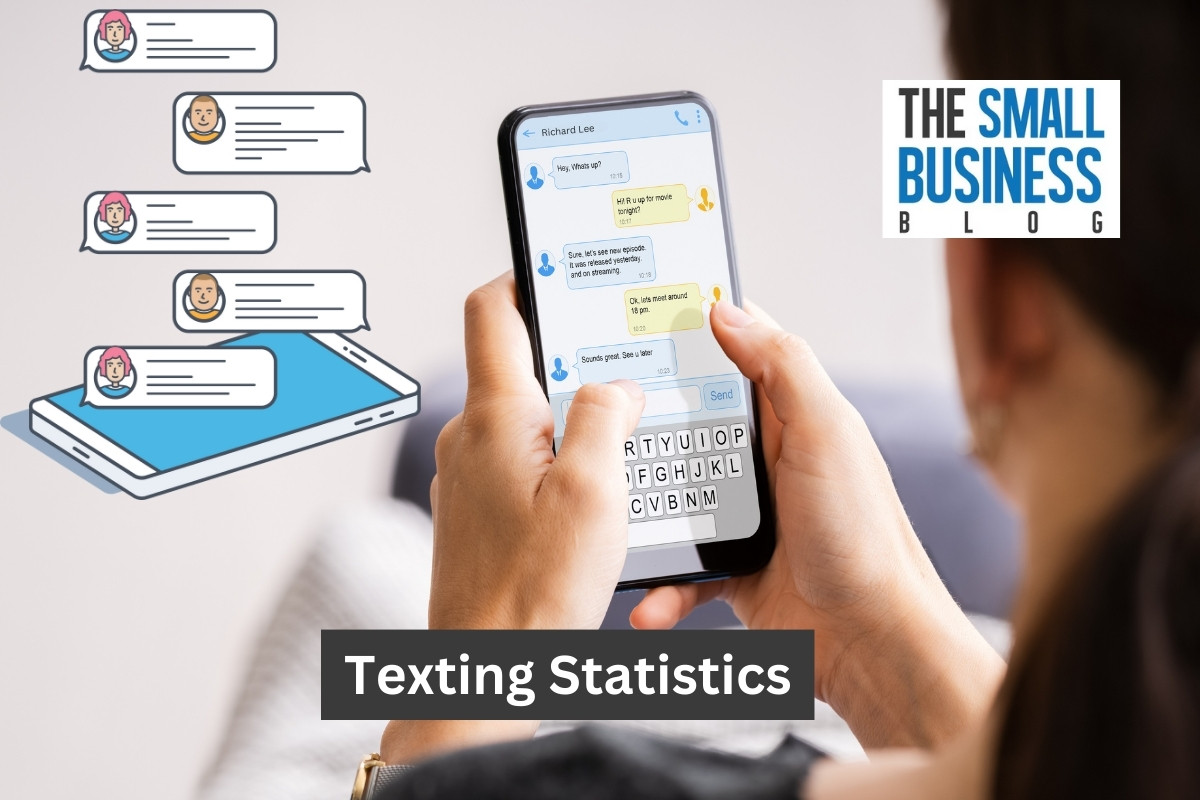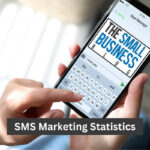Today’s global society is immersed in digital conversations and instant connections.
What we consider the simple act of texting has become a universal form of communication in the modern world.
With a few taps on the phone’s keyboard, we can share our thoughts and emotions, bridge distances, and otherwise express ourselves all via the medium of texting.
Imagine this: An estimated 23 billion texts are exchanged daily all over the world.
That’s a staggering number that emphasizes the sheer volume of digital conversations taking place each day.
At 23 billion texts per day, the world is sending and receiving around 16 million texts per minute.
There are many texting statistics and demographics to address, which we will use in this article.
The impact that texting has extends beyond personal engagements.
It’s also a dynamic force in the business realm.
Let’s look at the statistics to confirm how much texting affects our lives.
Post Contents
- 1 Key Statistics
- 2 Top Texting Statistics in 2024
- 2.1 1. Around 5 billion people on the globe send and receive text messages.
- 2.2 2. In North America alone, 292 million people use text messaging.
- 2.3 3. More than 6 billion texts are sent daily in the United States.
- 2.4 4. In 2021, 85% of Americans owned smartphones.
- 2.5 5. Mexico has a mobile messaging app usage penetration rate of 96.4%.
- 2.6 6. Finland is second to Mexico with a mobile messaging app usage penetration rate of 95.5%.
- 2.7 7. Russia, the United Kingdom, and Austria ranked in the top ten for messaging app usage in 2021.
- 2.8 8. The United States ranked 24th for mobile message app usage penetration rates at 60.4%.
- 2.9 9. 85% of consumers prefer texting as a preferred communication mode.
- 2.10 10. 90% of mobile phone users read texts in the first three minutes of receipt.
- 2.11 11. Text messages have at least a 98% open rate compared to emails.
- 2.12 12. 38% of Millennials report that they always have their phone with them.
- 2.13 13. It’s expected that 1.2 billion 5G connections will be available by 2025.
- 2.14 14. Globally, 23 billion texts are sent per day.
- 2.15 15. There are around 1 billion SMS users in China.
- 2.16 16. 82% of the global population have their SMS notifications turned on.
- 2.17 17. 26.4% of SMS texting users check their messages one to five times per day or less.
- 2.18 18. In 2021, 40.86 billion SMS and MMS text messages were sent in the United Kingdom.
- 2.19 19. 80% of people with smartphones check their phones within 15 minutes after awakening.
- 2.20 20. 45% of people reply to branded SMS messages.
- 2.21 21. 96% of people in Australia use their mobiles for texting.
- 2.22 22. The average adult spends 23 hours each week texting.
- 2.23 23. 78% of smartphone users say they use the texting feature more than anything else on their phones.
- 2.24 24. The very first SMS text was sent in December 1992.
- 2.25 25. 9 out of 10 consumers say they want to get text messages from businesses.
- 3 FAQs
- 4 Conclusion
Key Statistics
- Around 5 billion people worldwide send and receive text messages.
- In North America alone, 292 million people use text messaging.
- More than 6 billion texts are sent daily in the United States.
- In 2021, 85% of Americans owned smartphones.
- Mexico has a mobile messaging app usage penetration rate of 96.4%.
- Finland is second to Mexico with a mobile messaging app usage penetration rate of 95.5%.
- Russia, the United Kingdom, and Austria ranked in the top ten for messaging app usage in 2021.
- The United States ranked 24th for mobile message app usage penetration rates at 60.4%.
- 85% of consumers prefer texting as a preferred communication mode.
- 90% of mobile phone users read texts in the first three minutes of receipt.
Top Texting Statistics in 2024
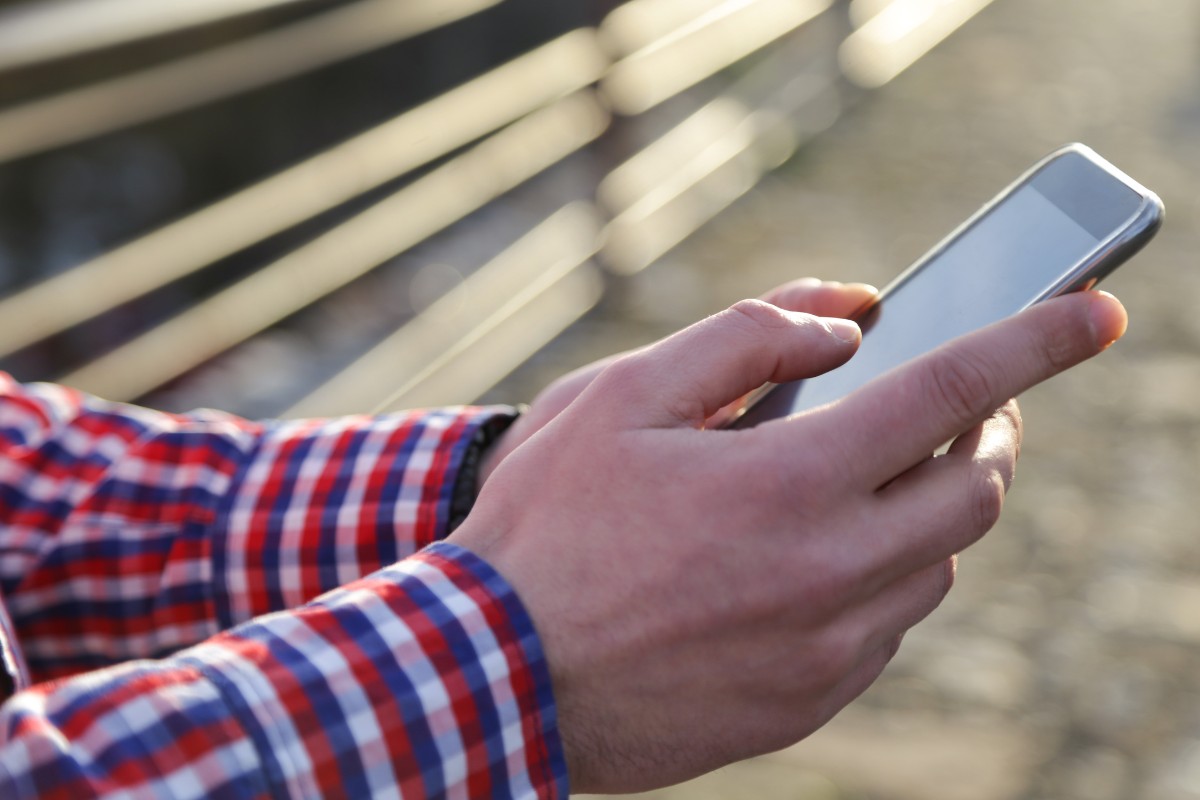
1. Around 5 billion people on the globe send and receive text messages.
According to data, 5 million people worldwide send and receive text messages.
That’s equal to around 65% of the global population.
Moreover, this figure is expected to reach 5.9 billion by 2025.
(Vodafone)
2. In North America alone, 292 million people use text messaging.
Out of the 5 billion global people who use SMS and MMS texting, 292 million are in North America.
This represents 80% of the total North American continent’s population.
(SlickText)
3. More than 6 billion texts are sent daily in the United States.
The United States is part of the North American continents where over 6 billion texts are sent per day on average.
It’s no wonder with 97% of American adults having cell phones nowadays.
(Avochato Blog)
4. In 2021, 85% of Americans owned smartphones.
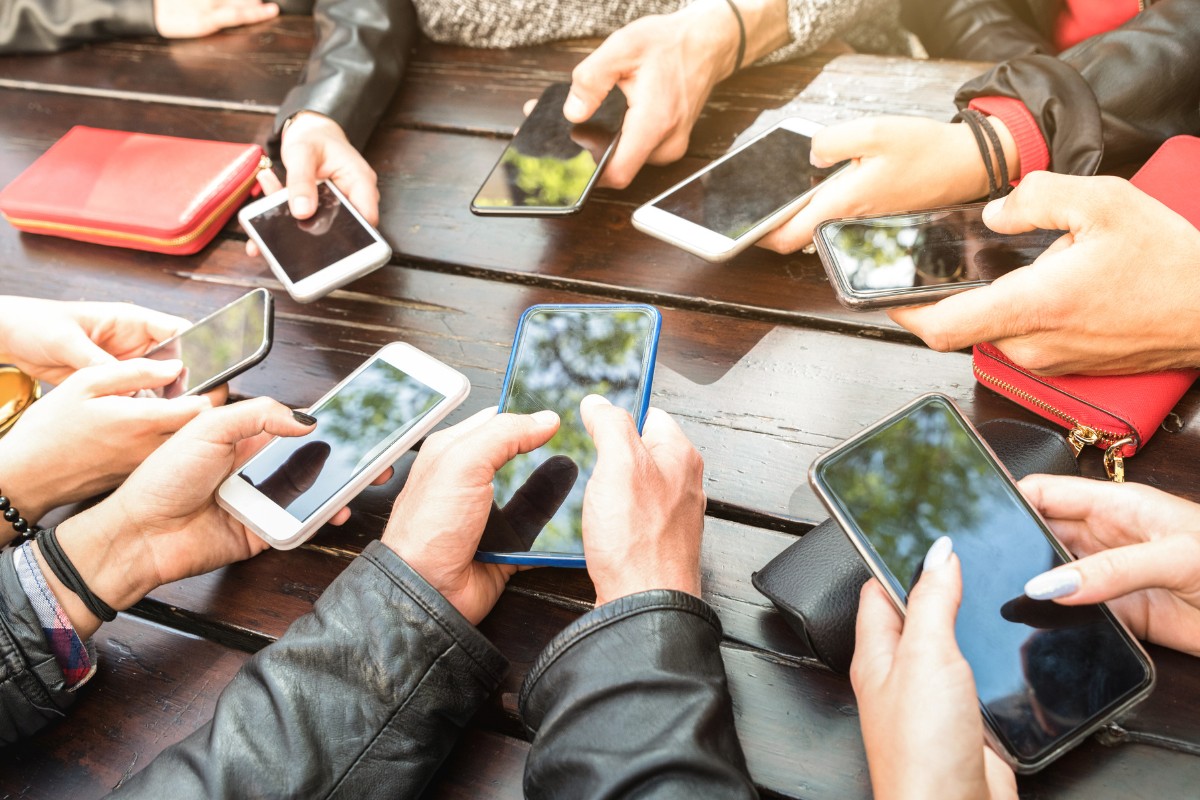
While 97% of Americans owned cell phones in 2021, 85% owned smart phones.
Another 11% owned a cellphone that isn’t a smartphone.
With ownership in American being so high, it’s not surprising that so many texts are sent and received.
(Pew Research Center)
5. Mexico has a mobile messaging app usage penetration rate of 96.4%.
In terms of penetration rates, Mexico has the highest in mobile messaging app usage than another other country in the world.
Mexico’s mobile messaging app penetration rate is 96.4% as of 2021.
(Statista)
6. Finland is second to Mexico with a mobile messaging app usage penetration rate of 95.5%.
In 2021, Finland ranked number two in terms of mobile messaging app usage penetration with a penetration rate of 95.5%.
This country was ranked second only to Mexico in 2021, according to statistics.
(Statista)
7. Russia, the United Kingdom, and Austria ranked in the top ten for messaging app usage in 2021.
While we were a little surprised to find that the United States didn’t rank in the top 10 of countries according to mobile messaging app usage in 2021, we weren’t surprised about the countries that did make the top ten.
Numbers 8, 9, and 10 were Russia (92.7%), the United Kingdom (91%), and Austria (90.6%)
(Statista)
8. The United States ranked 24th for mobile message app usage penetration rates at 60.4%.
The United States ranked 24th on the list for countries in terms of mobile messaging app usage per penetration rates.
The United States had a penetration rate of 60.4% in 2021, which is a far cry from Mexico’s 96.4%.
(Statista)
9. 85% of consumers prefer texting as a preferred communication mode.

A study from 2020 revealed that 85% of consumers said they preferred to send and receive texts over other modes of communication.
This is an important statistic for brands, businesses, and marketers in terms of promoting their wares.
(PC Magazine)
10. 90% of mobile phone users read texts in the first three minutes of receipt.
A staggering 90% of mobile phone users reported that they read their text messages within three minutes after they receive it.
As a brand, business, or marketer, you can’t ignore this data about SMS messaging as a marketing tool.
(VentureBeat)
11. Text messages have at least a 98% open rate compared to emails.
Since 90% of people using SMS texting say they open their messages within the first three minutes, it makes sense that this marketing method also has a 98% open rate compared to a 20% open rate for emails.
(99Firms)
12. 38% of Millennials report that they always have their phone with them.
We live in a society where we see people with their heads in their smartphones/mobile phones every day.
The fact that 38% of Millennials admit that they always have their phone with them isn’t a stretch.
(Avochato)
13. It’s expected that 1.2 billion 5G connections will be available by 2025.
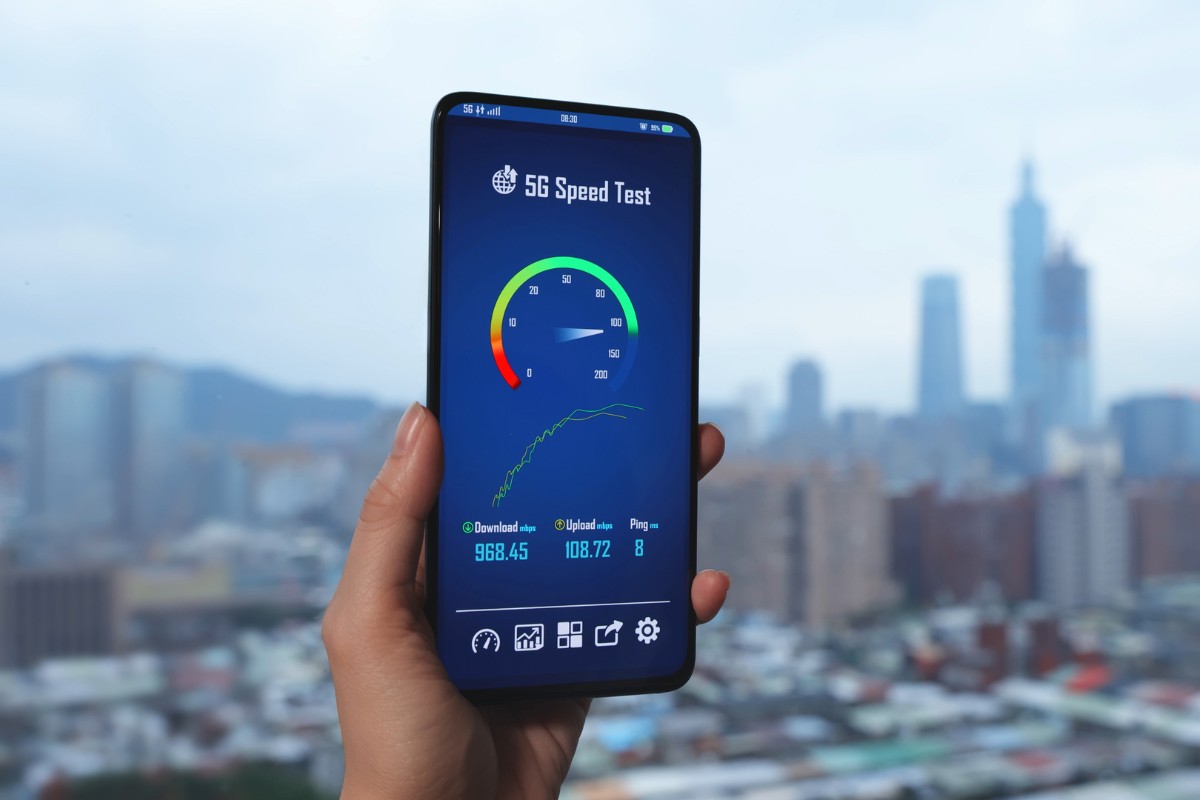
While 5G is already taking hold across the globe, it’s expected to have 1.2 billion connections by the end of 2025 all over the world.
Most of these connections will be hosted in China, the United States, Japan, and a large portion of Europe.
(SlickText)
14. Globally, 23 billion texts are sent per day.
Every day all over the world an average of 23 billion texts are sent and received.
The number for monthly global text messages is 690 billion and per year, 8.4 trillion.
Businesses shouldn’t miss out on this opportunity for marketing.
(SellCell)
15. There are around 1 billion SMS users in China.
China has the most SMS text users on the planet with nearly one billion SMS users who text every day.
India follows China with 730 million SMS users who send and receive texts.
However, Russia has the biggest percentage of SMS mobile users at 89%.
(TrueList)
16. 82% of the global population have their SMS notifications turned on.
A massive portion of the world’s SMS text users (82%) keep their SMS text notifications turned on.
This is good information to have if you are using SMS marketing.
(Dexatel)
17. 26.4% of SMS texting users check their messages one to five times per day or less.
The minimum number of times that people check their text messages is once per day.
One study showed that 26.4% of respondents said they check their messages between one and five times per day or less.
Another 13.8% check their text messages over 20 times a day.
(SimpleTexting)
18. In 2021, 40.86 billion SMS and MMS text messages were sent in the United Kingdom.
In the U.K., 40.86 billion SMS and MMS text messages were sent in 2021.
This figure is significantly lower than in 2019 when 65.04 billion MMS and SMS text messages were sent in the United Kingdom.
This figure has declined between 2012 and 2021.
(SellCell)
19. 80% of people with smartphones check their phones within 15 minutes after awakening.

Within 15 minutes after waking up, 80% of smartphone users check their phones for messages, texts, emails, social media, etc.
When do you check your phone after you wake up?
(Avochato)
20. 45% of people reply to branded SMS messages.
Interestingly, 45% of people said they reply to branded SMS text message blasts.
It’s common for businesses to blast out a text to their subscribers to announce events, sales, coupons, etc.
SMS marketing is successful since so many people reply to branded messages.
(SlickText)
21. 96% of people in Australia use their mobiles for texting.
Data shows that a staggering 96% of Australians use their mobile phones for texting.
In fact, they use their phone mostly for sending and receiving texts.
Moreover, 88% said they use their mobile for making and getting video calls and 82% said they use it for Google Maps.
(TrueList)
22. The average adult spends 23 hours each week texting.
Statistics reveal that the average adult with a mobile phone spends 23 hours each week SMS texting.
This includes both sending and receiving texts.
That’s as many hours as a part-time workweek in America.
(Dexatel)
23. 78% of smartphone users say they use the texting feature more than anything else on their phones.
A whopping 78% of people with smartphones say that they use the texting feature more than they use anything else on their phones including social media.
In fact, 66% of people said they use their phone the most for social media.
(SimpleTexting)
24. The very first SMS text was sent in December 1992.
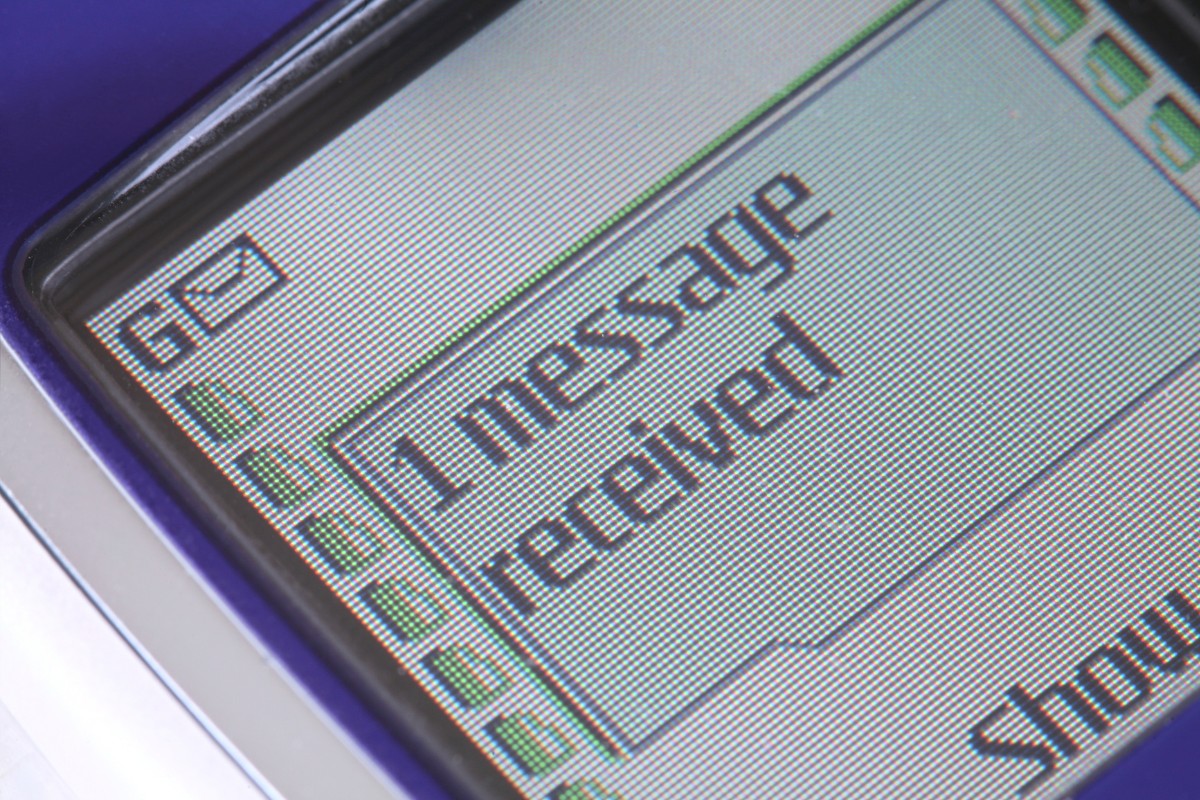
Did you know that SMS text messaging was even a thing in 1992?
Well, it was and that’s when the first ever SMS text message was sent.
It simply said, “Merry Christmas”.
This first SMS text was sent by Neil Papworth.
(SellCell)
25. 9 out of 10 consumers say they want to get text messages from businesses.
In terms of communicating with businesses, 9 out of 10 consumers said they prefer to communicate via text message.
In fact, 89% said this is their preferred method of communicating with a business over all other modes of communication.
(Avochato)
FAQs
What’s the difference between SMS and MMS?
SMS is short for Short Message Service and MMS is short for Multimedia Messaging Service.
SMS is a text-only messaging service that lets users send short text messages of up to 160 characters.
MMS extends the SMS concept and allows you to send images, videos, audio clips, and other forms of multimedia content.
How much does it cost to send a text?
The cost incurred by sending a text message relies on your cellular plan.
If you have unlimited texting with your plan, it’s part of your monthly bill.
Otherwise, most cellular companies charge a fee per megabyte you use.
How can you know when a text is delivered?
Most mobile phones show when a text message is delivered.
However, text message delivery doesn’t mean the message has been viewed yet.
What it does mean is that it was successfully delivered to your intended recipient.
They may read it later.
How do you know when someone reads a text?
Some messaging apps allow you to use the “read receipts” feature, which will notify you that a text has been opened.
You may disable this feature or use it to know if someone has seen your message.
What is SMS marketing?
SMS marketing is what companies use to promote their products, services, or events to their customers.
When you subscribe to text messaging from a business, they may send you things like coupons, reminders, discounts, or other promotional texts.
What are some best practices for SMS marketing?
If you’re an SMS marketer, make sure the messages you send are relevant, personalized, clear and concise.
Be sure to use a clear call to action (CTA) such as redeeming a coupon or visiting a site.
Conclusion
An astounding 5 billion people all over the world send and receive text messages.
In the United States alone, over 6 billion texts are sent daily.
Mexico has the largest penetration rate for mobile messaging app usage, but 89% of the mobile phone users’ population in Russia account for the largest number of people using text messaging.
SMS text messaging is huge in China, America, Europe, Japan, Russia, and other countries.
SMS texting seems to be declining in some areas of the world, but that’s because of social apps like WhatsApp, Messenger, Snapchat, Telegram, and other such messaging apps.
Still, SMS marketing is especially successful due to the high open rates of texts and because SMS texting is a preferred mode of communication among modern consumers.
We hope that you feel more well-informed after reading these texting statistics.







